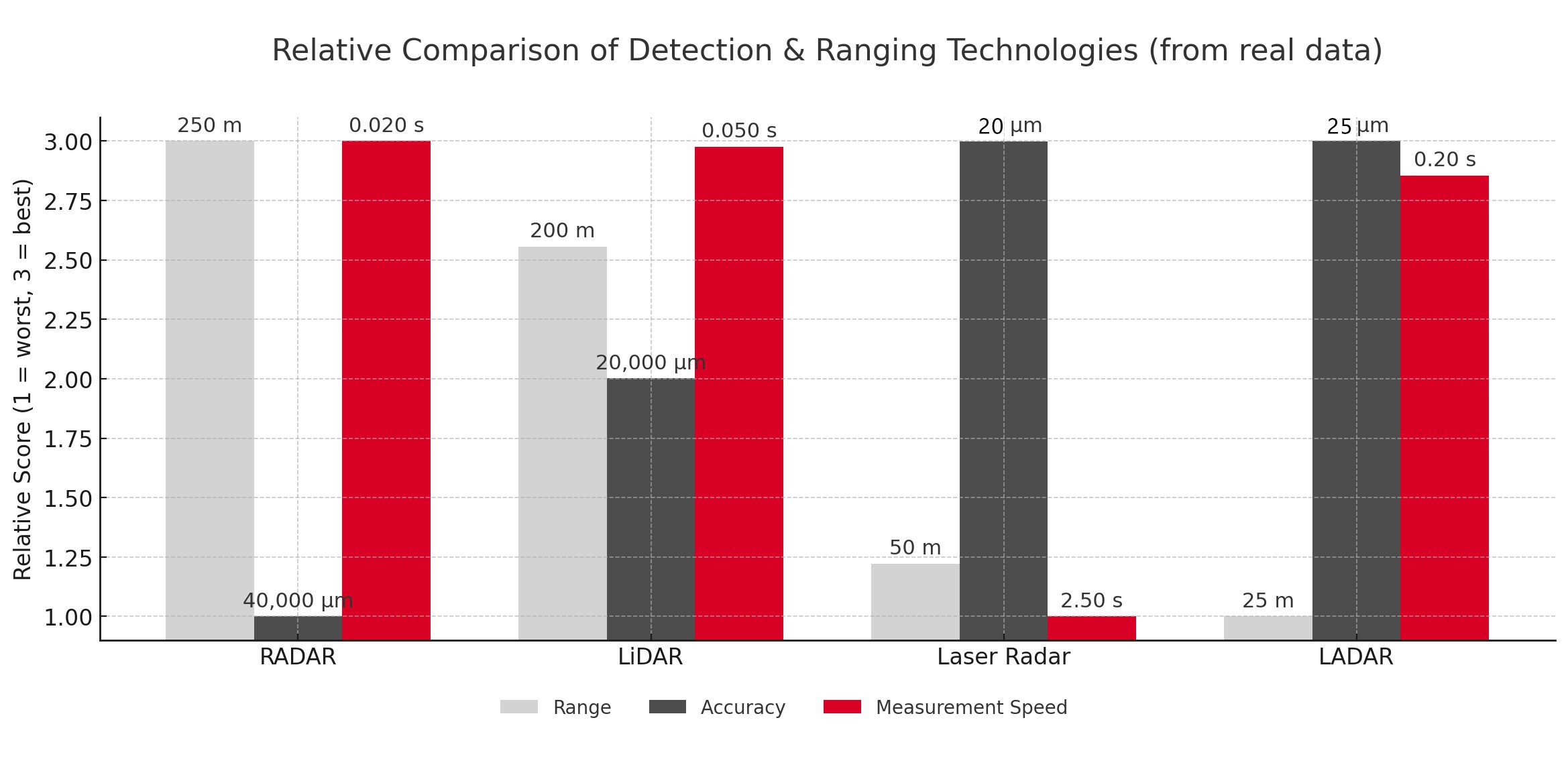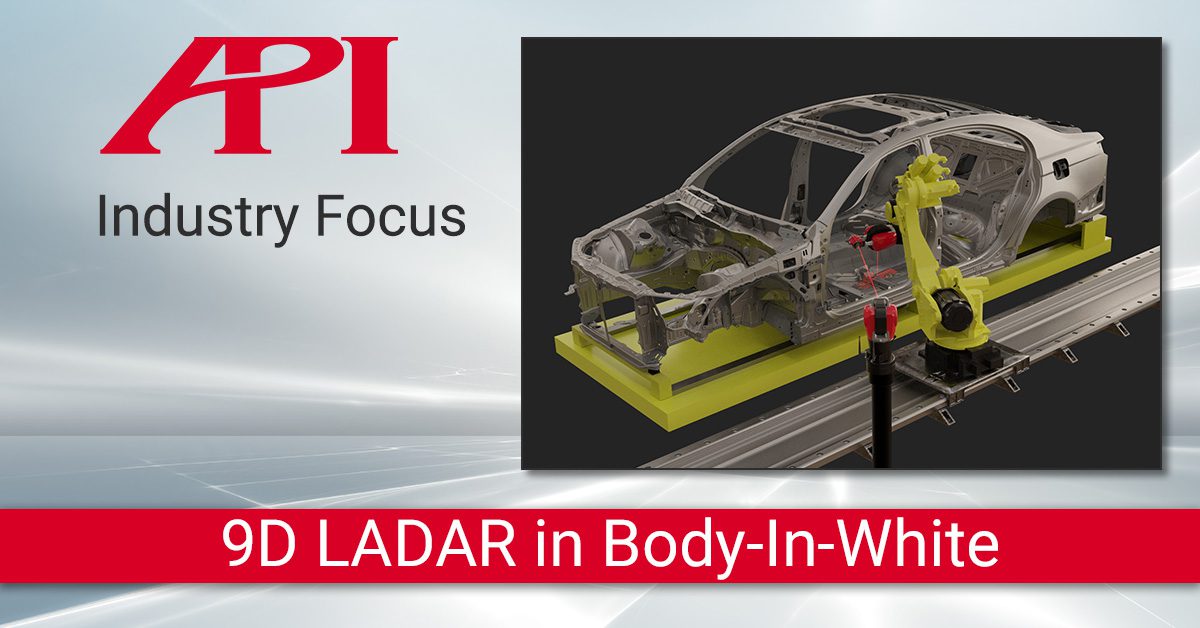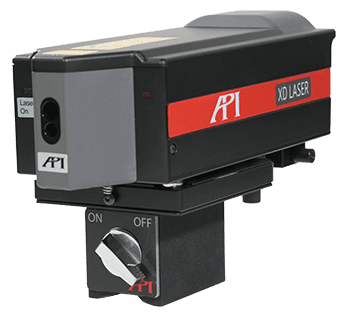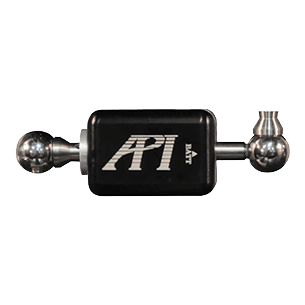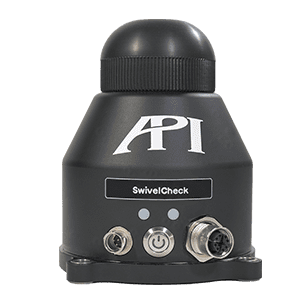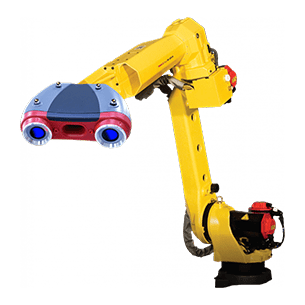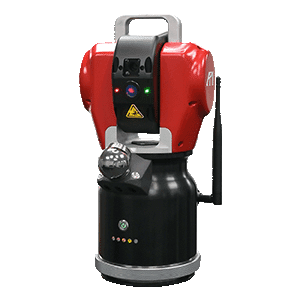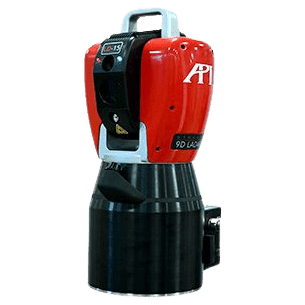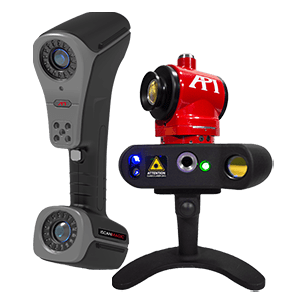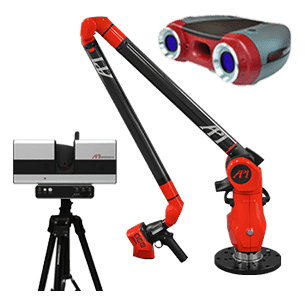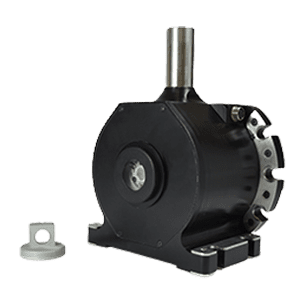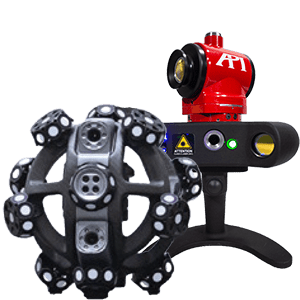Choosing between a laser tracker vs portable arm isn’t only about part size. In automotive and aerospace work, the winner depends on range, speed, ergonomics, and future goals. Below is a condensed guide to help QC managers and process engineers pick the right fit.
Laser Tracker vs Portable Arm: Quick Side-by-Side Comparison
| Laser Tracker (e.g., Radian, iLT) | Portable CMM Arm (e.g., API Gage Arm) | |
|---|---|---|
| Volume | Up to 80 m radius from one setup | ≤ 4 m reach from base |
| Accuracy | Micron-level over long distance | Micron-level in small volume |
| Line-of-sight | Required (use vProbe for hidden points) | Not required |
| Operator fatigue | Minimal (hold light SMR/probe) | Higher for long sessions |
| Typical sweet-spot | Big jigs, alignment, robot calibration | Molds, BIW gap-flush, bench parts |
Automotive: Speed on the Line
Automotive plants juggle takt-time and precision—so the “laser tracker vs portable arm” choice must favour throughput. Here’s where each platform shines on the shop floor.
When a Gage Arm shines
- Gap/flush checks on body-in-white; hands-on probing is fastest.
- Bench-top scans of machined engine parts; one-setup convenience.
When a Tracker wins
- Calibrating large framing fixtures: one iLT captures all points in minutes.
- Tracking robot path accuracy across a full cell without moving gear.
Why think twice? Ergonomic fatigue. An arm feels intuitive, but a tracker’s light target reduces strain on repeat audits.
Aerospace: Range & Repeatability
Aerospace programmes face metre-scale assemblies and micron demands—the laser tracker vs portable arm debate shifts toward range. Below are typical winners.
Tracker sweet-spots
- Wing or fuselage alignment; Radian sees every reference point from two stations.
- Live monitoring of large assemblies; tracker feeds real-time data while parts move.
Arm advantages
- Detail inspection of brackets or turbine blades right at the machine.
- Inside-cabin checks where line-of-sight is impossible; mount the arm at the hatch and probe away.
Surprise factor: A hybrid (tracker + vProbe) covers massive volumes and hidden points—often cheaper than buying two long-reach arms.
Laser Tracker vs Portable Arm: Hidden Decision Drivers
Specs tell only half the story—subtle factors decide the laser tracker vs portable arm outcome. Keep these in mind before signing a PO.
- Traceability: Tracker’s absolute laser scale eases ISO/AS9100 audits.
- Training curve: Arms are plug-and-play; trackers need brief coordinate-system training.
- Future automation: Tracker integrates with robot cells; arm remains manual.
- Operator comfort: Less shoulder strain with a tracker on high or overhead points.
Conclusion
When weighing laser tracker vs portable arm, match the tool to your goals: trackers excel in large-volume alignment and low-fatigue operation; arms win on tactile detail and budget. Still undecided? Ask API for a personalised application review and downloadable comparison chart—free of charge and bias.
👉 Request Your Tracker-vs-Arm Consultation – Free application review plus a downloadable comparison chart.



